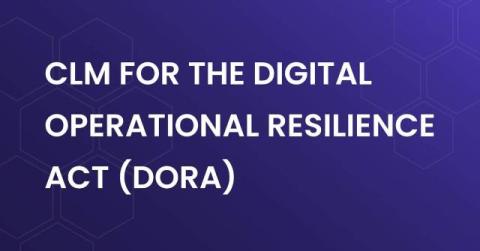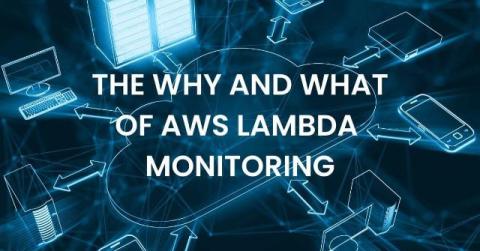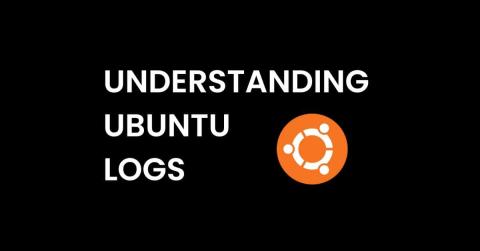Must-Have Features for Your Log Management Software
With so many choices available to us today, choosing log management software that’s just right for us has never been simpler. That is, if you know exactly what it is you are looking for. But for many users, the sheer amount of computer programs that perform the same tasks, and seem so similar(sometimes almost identical) to each other, can quickly become off-putting and confusing.











